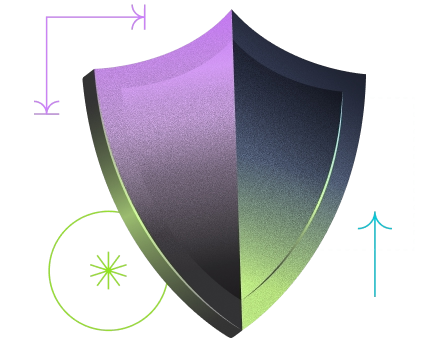“Culture and knowledge are like jam: the less you have, the more you spread it.”
This translation of a proverb by French novelist Françoise Sagan, perfectly sums up the know-it-alls we sometimes come across in life who just have to share their (not-always-correct) thoughts. While this humorous, albeit biting, definition is not particularly relevant to today’s topic, we simply wanted to mention it for the truth that lies beneath it.
Let’s get back to the matter at hand. Today, everyone everywhere is talking about digital culture. An era even. Much like there was the ice age and the iron age etc., some posit that we are currently in the digital age. So, what exactly is this concept that people are harping on about? Strictly speaking, is there really such a thing as a digital culture? If so, what is it?
If such questions have been playing on your mind, you’ve come to the right place!
What exactly do we mean by “digital”?
We learnt that “digital” is related to “digits”, i.e., numbers. For example, in a digital speedometer in a car we have digits, as opposed to the analogue meter with a needle. Great! But that’s not all that useful here since the Yousign blog isn’t a car blog!
Perhaps a little more useful: the word “digital” also comes from the Latin digitalis, from digitus, i.e., a digit in the sense of a “finger” or “toe”.
To understand this aspect in the more recent, technological context, we simply have to think of our smartphones, which have touchscreens that we manipulate with... yep, our fingers (maybe your toes too if you’re particularly limber!). Inspired by our smartphones, a whole ecosystem of “smart” innovations has developed:
- Smart homes
- Touchscreen tablet computers
- Smart accessories
etc.
All these innovations belong to the digital world which originated with our touchscreen smartphones.
A new space-time relationship
The digital world has obviously brought about its fair share of changes. With each new paradigm comes new habits, shaking up the established order.
The arrival of digital technology has upended our relationship with time and space, particularly in the business sphere.
The health crisis and successive lockdowns have unequivocally proven that, thanks to digital technology, we no longer have to keep traditional business hours. Today, many digital tools enable employees to work at different times to one another, without causing any loss in efficiency or productivity. Working hours are thus now fragmented.
In the sales world, customers today expect to be able to obtain products at any time, with habits having shifted due to a desire to know and do everything instantly. A prime example of how digital technology has enabled us to adapt to this new trend, is the electronic signature (what we do best!): customers today expect to be able to sign up to a service any time, anywhere.
What a segway !
Current working methods have greatly changed thanks to increased flexibility. For customers and employees alike, there are numerous ways of working, with digital technology breaking down geographical barriers. Who, today, can say that it is absolutely necessary for workers to go into the office every day? The vast majority of jobs these days can be done remotely, and offices no longer play the same role as they did before: today they are more a tool for creating team cohesion than a place to work.
Digital culture in companies: a key to success
The dictionary, once again, proved useful for understanding the term “culture”:
The customs and social behaviour that characterise a particular people or society.
When we talk about our culture, French culture, American culture, etc., we are referring to the principles that are so deeply rooted in us that they define who we are.
The association of the words “digital” and “culture” is therefore no coincidence. It shows the extent to which digital technology must be firmly embedded in a company’s DNA, to the point where the company defines itself as “digital”, with all the characteristics that go with it.
Beyond implementing digital tools and processes, a digital culture extends to the values that govern a company and the momentum generated by each employee.
Digital culture to keep talent
Today, digital technology is unavoidable, so much so that new DNVB starts-ups are popping up every day (DNVB: Digitally Native Vertical Brands). These intrinsically digital start-ups attract many talented new recruits because of the flexibility they offer.
Digital culture in a faster-moving world
You’ve surely noticed that in our world today, everything is getting and happening faster. In every sector, competition is fierce! This means companies have to implement processes that will enable them to be all-knowing, and work in a flexible and instant manner.
The balance of power between customers and companies is shifting: today, with the rise in digital technology and all the features it offers, customers and prospects have a considerable number of options, making them less reliant on one particular service.
Establishing a digital culture must be a key priority for businesses today. It places the customer back in the centre of a company’s strategy. For it to be efficient, it is not enough to simply implement digital tools, the entire corporate structure must be called into question and each and every employee must embody its values.
In establishing a digital culture, a company opens itself up to new possibilities and can offer its customers all the answers, instantly!
So, how about a bit more jam?
Take it to the next level
Try Yousign free for 14 days








